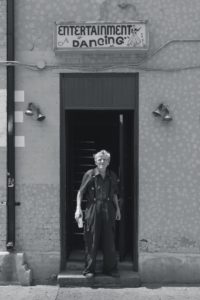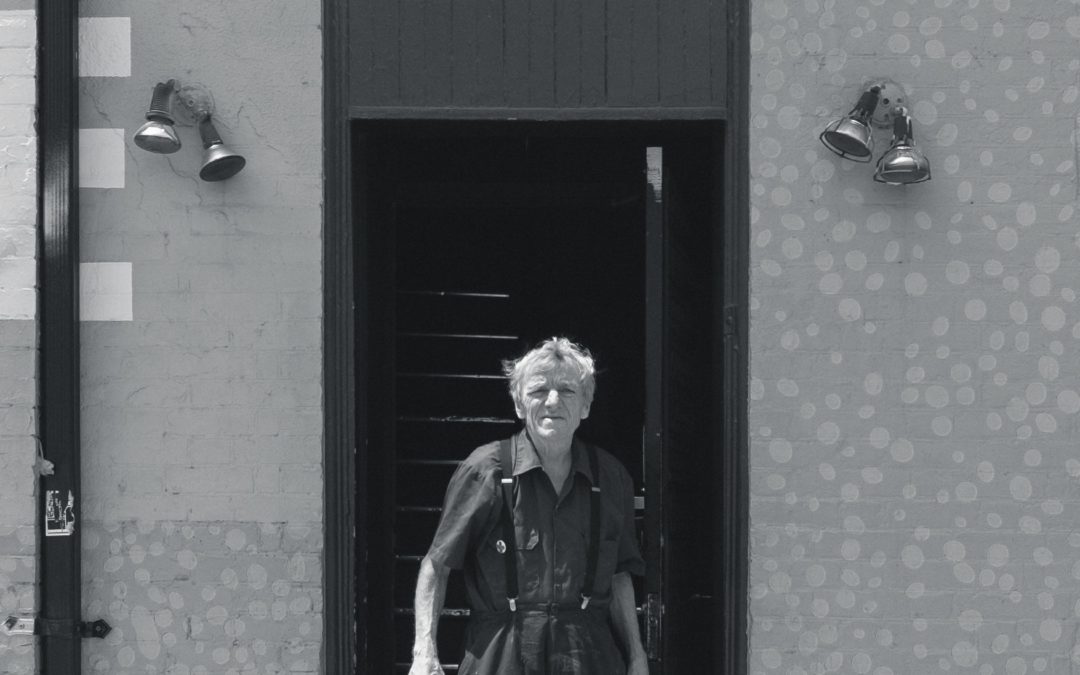 Full Circle – Person Centered Care Through Activities
Full Circle – Person Centered Care Through Activities
By Debbie Hommel, ACC/MC/EDU, CTRS
Regardless of diagnosis, functional ability, or cognitive status – the elder should be provided with consistent opportunities to continue to live their lives as the individual they are. The activity profession has long embraced person-centered care, even before it was called person centered care. The activity professional can take specific steps to embed person centered care into practice and introduce specific programs which reflect person centered values.
Most activity settings require an activity assessment. We have established that the content of the assessment contributes to the department’s ability to provide person centered care. It cannot be stressed enough that a thorough assessment which truly examines the individual’s needs and strengths will allow the activity department to develop programs that are meaningful and suited to the individual. An individualized and personalized interest inventory or collection of leisure and recreational interests and preferences will contribute to the development of person specific programming as well.
An important component of person centered care is the belief and practice that it is not just the activity department’s responsibility to adopt this way of thinking. Person centered care is a care philosophy that all staff must adopt and be embedded into the culture of the community. The community, as a whole, needs to adopt this model of care and work cooperatively to introduce opportunities for growth and empowerment. The following are some characteristics of Person Centered activities.
Activities that are meaningful: What makes an activity meaningful? Meaningful activities are those that relate to the interests and needs of the person. It is difficult to engage a person in a meaningful activity if one does not know who the person is. The assessment allows the activity professional to offer the right programs for each person. Additionally, how the activity is presented gives it meaning. Each activity has a purpose and intent which can increase the meaning of the involvement for the resident. Rather than just involve a resident in an exercise group, more meaning can be promoted if the resident knows they are increasing circulation, increasing energy and improving their mood through involvement in the group.
Examples: Interest clubs, gender specific clubs, reminiscent groups on topics from their generation, culture and region, specific activities from their past and spiritual activities.
Activities that reflect person’s lifestyle and interests: Again, a good assessment will allow the activity professional to offer the right programs and use the appropriate skills to interest and engage the resident in the program. There is increasing attention to the generational changes that are entering our long-term care communities. The Baby Boomer generation is accustomed to a different lifestyle and interests than generations of the past. The activity professional will need to be mindful of these changes and adjust materials, approaches and content accordingly.
Examples: Many of the same activities which were listed for meaningful programs apply here as well.
Activities that are enjoyable: In order to find joy in a program, the individual needs to feel some measure of success and a “return” on their participation. If involved in a program that brings on stress or negative feelings, the individual has difficulty enjoying them. The activity professional needs to be astute at tailoring the program so the resident can have success in a comfortable setting.
Examples: Adapted programs, adaptive equipment, socials, entertainment, programs where they can meet new friends or socialize in accepting environments and competitive experiences where they can “win”.
Activities that make the person feel useful: The loss of purpose or the feeling that you are not needed anymore is one of the most devastating losses of any person, including our older adult population. Many residents have lived long, productive lives. Arriving at the point where they are told to “sit and relax” is depressing at best. The activity department is very effective at introducing programs and individual roles for the residents to assume, which give them the sense of usefulness back. Referring again to the baby boomer generation, there is a strong sense of duty and need to make a difference in this age group.
Examples: Jobs within the facility, volunteering in the center, helping roles at activities, assisting with tasks in the department, asking their opinion about programming and decisions within the facility, and Resident Council.
Activities that give a sense of belonging: The activity community which includes a variety of 1-1 and group programs, opportunities for leisure and independent recreation as well as the relationships that are established through these programs creates a sense of belonging. The activity staff works hard to foster the sense of connectedness we all long for.
Examples: Socials, discussion groups, club meetings, 1-1 visits, games, and most group activities can offer a sense of belonging.
Check out Concepts of Person Centered Care
7.5 Hour NCCAP Approved Independent Study Program

